- Home |
- Alumni Happenings
Alumni Happenings
Welcome back to Mississippi State University! We would be glad to hear from you by phone, email, or in person.
Meet some of our recent alumni
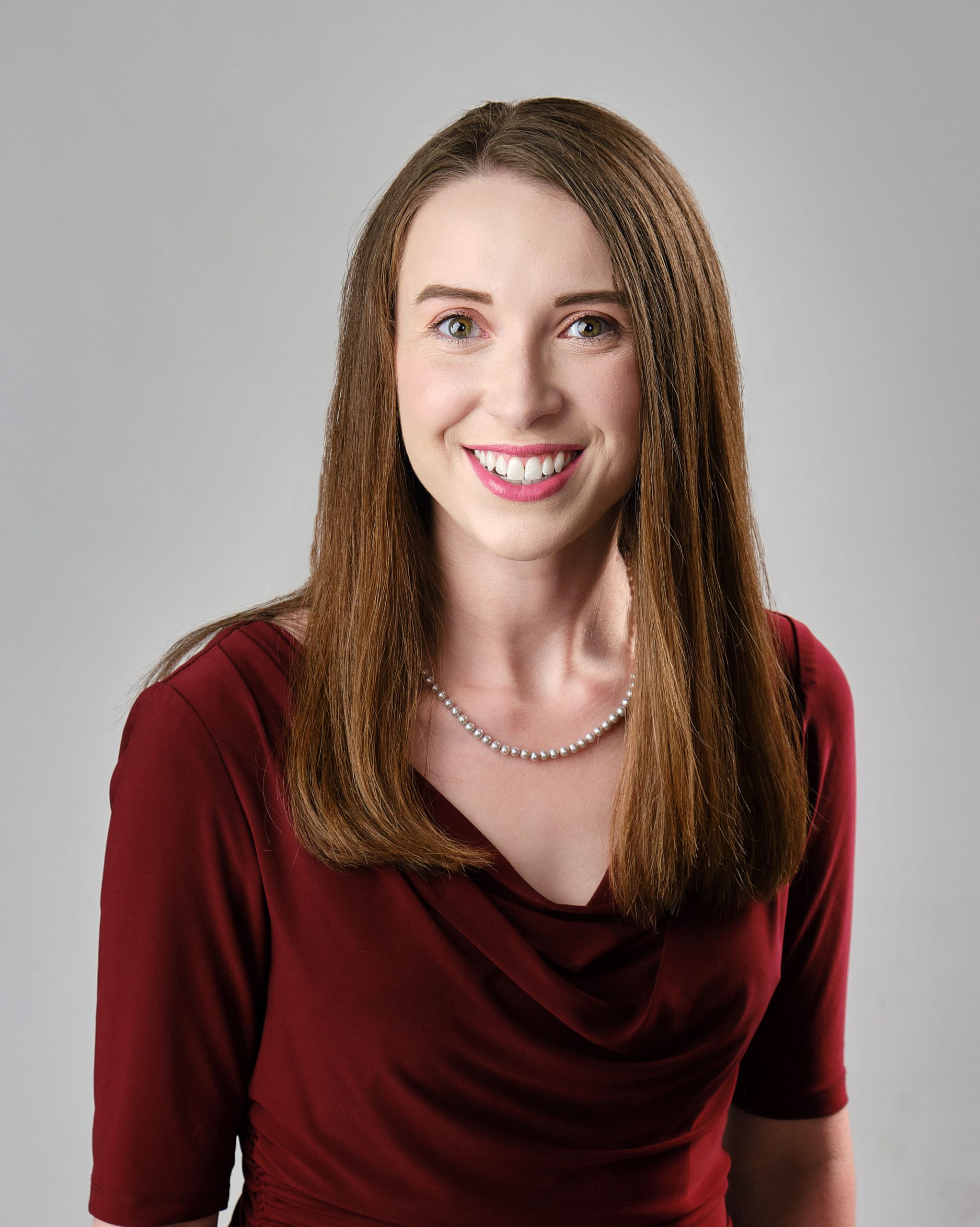
Emily Biagini
Emily Biagini is a medical student at Tulane School of Medicine. A native of Seminary, Mississippi, Emily made her decision to attend MSU after visiting a friend in Starkville and stepping foot on campus for the very first time.
“I was blown away by the beautiful campus, friendly faculty, and multitude of paths Mississippi State offered for aspiring pre-medical students,” Emily said.
“After only a few hours on campus, I already felt like I belonged there.”
Biagini chose to pursue biomedical engineering because of the outstanding reputation that precedes MSU’s engineering departments. “Biomedical engineering offered a unique challenge that traditional pre-med majors did not,” Biagini said. “I also have a love for mathematics and engineering was a venue for me to pursue an interest of mine outside of the traditional pre-med classes.”
Read More
During her time at MSU, Emily noted that her favorite part of MSU was its people and its faculty. “Everyone I met along the way during my college experience helped point me in the right direction. The faculty creates the perfect environment for college students,” Emily said.
While not having a favorite professor, Emily notes, “One great part of being an engineering major at MSU was the opportunity for mentorship from professors — Dr. LaShan Simpson, Dr. Anna Linhoss, and Dr. Lakeisha Williams who were all very encouraging to me during my time at MSU.”
While pursuing her love of mathematics and engineering, Emily met her husband David Giovanni Biagini through the biological engineering department on her first day of junior year as they were both early to their Biosystems Simulation class. Emily and her husband, David, are now furthering their education at Tulane where she is part of the medical program and he is pursuing a Ph.D. in biomedical sciences. She notes that during her time at Tulane, her proudest accomplishment is having her son, David, while still graduating with her M.S. in Microbiology and Immunology from Tulane on time and with seven extra course hours. Now pursuing her medical degree, Emily also volunteers at the Tulane run clinics in addition to volunteering with Catholic Charities as an instructor for Level 3 English as Second Language course and serving as journal club chair for Tulane’s chapter of the American Medical Association. Having known from a young age that she wanted to be a doctor, Emily is currently interested in pursuing specialization as an orthopaedic surgeon.
“My biggest struggle during my time at MSU was learning what it was to truly learn,” Emily said. “I am proud to say that I can also call this a success of my time at MSU — I gained the skills that have made me a lifelong learner, a priceless accomplishment! Work hard and make the most of your years at MSU. Get involved - MSU provides vast opportunities to pursue your passion in and out of the classroom. The time flies by, so enjoy every moment.”
Dru Carey
Dru Carey, a native of Olive Branch, MS, is a Graduate Research Assistant at Mississippi State University. A graduate of the Agricultural Engineering Technology and Business B.S. program, Dru continued his education at MSU after making close connections in the department during his undergraduate research experience with Dr. Paz for four semesters in addition to contributing to other projects with Dr. Lowe and Dr. Chesser.
In high school, Dru wasn’t sure where he wanted to go to college, but he knew that he had always loved the atmosphere of the MSU campus when he came to visit his sisters who were students at MSU. Dru set up a meeting with Dr. Paz to learn more about a degree in Agricultural Engineering Technology and Business (AETB) and what opportunities were available to those with a degree in Ag Engineering. At this meeting, Dru met Dr. Lowe and Dr. Chesser. Dru reminiscences, “I talked with the two of them for a long time about the program and opportunities as well as what my interests and hobbies."
"This personal connection did not happen at other colleges I visited so I knew that AETB was the place for me.”
Everyone he met with was knowledgeable and willing to help Dru in any way they could. He never had an unanswered question and always received prompt responses with an answer or solution to his problem.
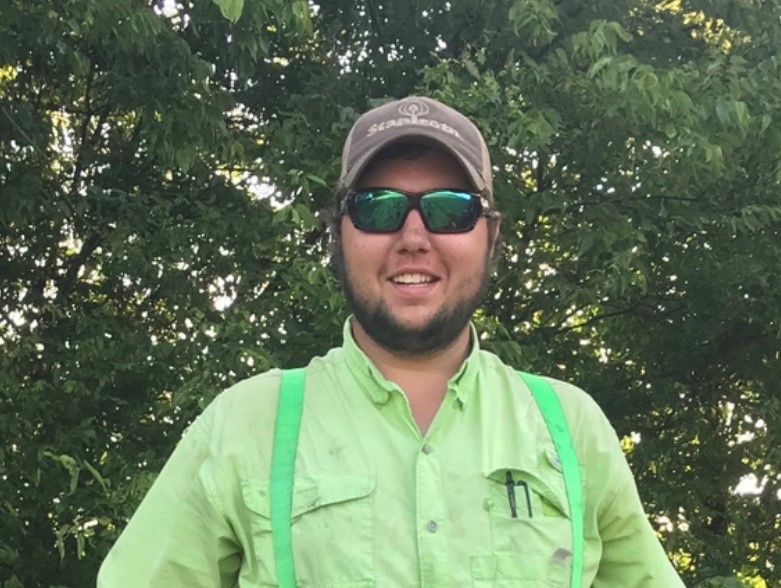
Read More
Dru notes, “I do not have one individual that was my favorite professor, but there are three professors without a doubt that have stopped at nothing to make sure I was successful in this program and into my future goals of continuing my education who are Dr. Wes Lowe, Dr. Daniel Chesser and Dr. Joel Paz. Each of these professors always had my best interest in mind when I would ask questions about the AETB program or graduate school and always looked for opportunities to keep me involved in the department.” Because of these professors, Dru was able to become involved in undergraduate research and was later given the opportunity to become a Graduate Research Assistant (GRA) under Dr. Lowe in the ABE department. His GRA position has offered him the opportunity to become involved in other department research projects and connect with industry and academic professionals to network for future job opportunities after finishing school.
Dru notes, “The advice I would give to current AETB students is that it is not always about what you know, but who you surround yourself with and create lasting relationships with can bring along great opportunities that you never would have thought to be possible. There were many doors that were opened for me that have greatly changed and influenced my life which would not have been possible if it weren't for knowing the right person at the right time.”
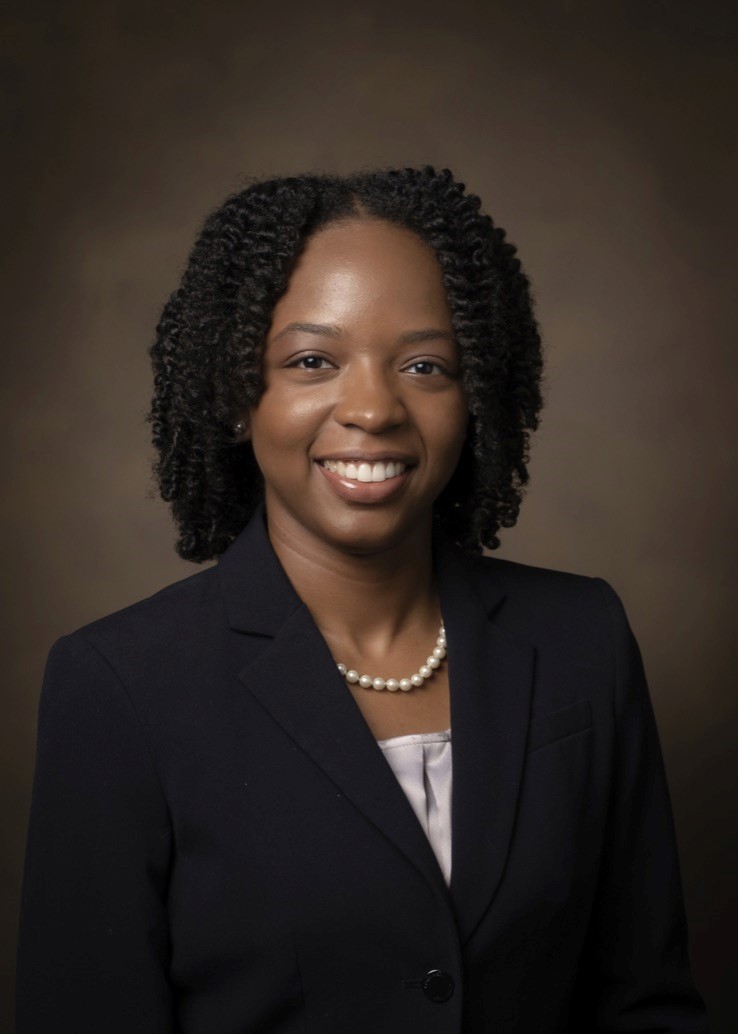
Gwendolyn Davis
Gwendolyn Davis of Jackson, MS, is a 2014 graduate of MSU’s biomedical engineering program. She was originally drawn to MSU because her father is an MSU graduate, but her interest grew when she attended the Bagley College of Engineering/IMAGE Summer Bridge Program. This program allowed her to meet other future engineers who became her lifelong friends. Gwendolyn always had interest in a career in the sciences or medicine, but she was unsure exactly what she wanted to do. Biomedical engineering (BME) provided her an avenue to keep her options open, serving as an introduction to many fields and enabling her to contribute to medical advances through scientific discovery and technology development. Speaking of her time at MSU, Gwendolyn notes,
“I most enjoyed the MSU football and basketball games, the close-knit community developed within the NSBE and IMAGE programs, and the beautiful MSU campus!”
Read More
During her time in the BME program, Gwendolyn’s favorite professor was Dr. Lakeisha Williams. “It was encouraging to see someone who was very accomplished and confident in the biological engineering field. She is what I aspired to be like. Although she was not my assigned advisor, she never hesitated to set aside time to meet with me and offer insight and advice.” Gwendolyn also notes that her biggest struggle as an undergraduate student was finding balance. She had to learn how to balance her time and be organized enough to know what she could and could not be involved in as she pursued many extracurricular activities.
After graduating from MSU, Gwendolyn chose to further her education by pursuing a Ph.D. in Physiology and Biophysics, satisfying a lifelong interest in physiology that began in high school. She believed graduate study in physiology would complement her engineering background and provide a unique approach to tackling complex research questions to move medicine forward.
Gwendolyn is currently a 2nd year Postdoctoral Fellow at Vanderbilt University Medical Center. During graduate school, she received several travel awards to conferences, including the Steven M. Horvath Professional Opportunity Award. She gave oral presentations of her research at multiple conferences she attended. Gwendolyn hopes to continue to utilize her combined background in engineering and physiology during an age of rapid medical technology advancement. She advises current BME students, “Stay the course! Engineering can be very challenging at times, but also very rewarding. It is okay if you do not have everything figured out. Just be willing to take the first step!”
Luke Dunaway
Luke Dunaway is a current Ph.D. candidate at the University of Alabama at Birmingham (UAB). Originally from Ocean Springs, MS, Luke came to Mississippi State to pursue biomedical engineering because of his love of physics and biology. “There were not many other affordable universities that had this major,” he says of his decision.
“However, the beautiful campus and student body culture made choosing MSU an easy decision.”
Most of Luke’s favorite memories have centered around game day or going out to the Noxubee Refuge with his friends.
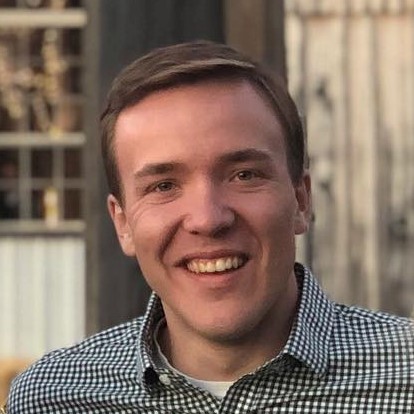
Read More
“My current career path was largely influenced by Dr. LaShan Simpson and Dr. Thomas Cathart,” he declares. After doing research during his senior year with Dr. Simpson working on vascular calcification, this experience coupled with Dr. Cathcart’s physiology class initiated his interest in vascular biology. He found himself asking “Why?” and wanting to know how vascular physiology worked at a molecular level.
This experience and his own personal drive led him to his current research, which he describes as follows: “I am currently working under Dr. Jennifer Pollock to obtain my Ph.D. in Biochemistry where my dissertation focuses on uncovering how high salt diets lead to cardiovascular disease with specific focus on the effect on endothelial cells.”
As Luke looks to finish his Ph.D., he hopes to continue in academia and one day run a lab of his own at a medical university. During his graduate studies, he has been able to present his work at both national and international conferences. His proudest accomplishment is being awarded, on his first submission, the F31 Individual Predoctoral Fellowship by the National Institutes of Health (NIH), which covered the cost of his training as a graduate student.
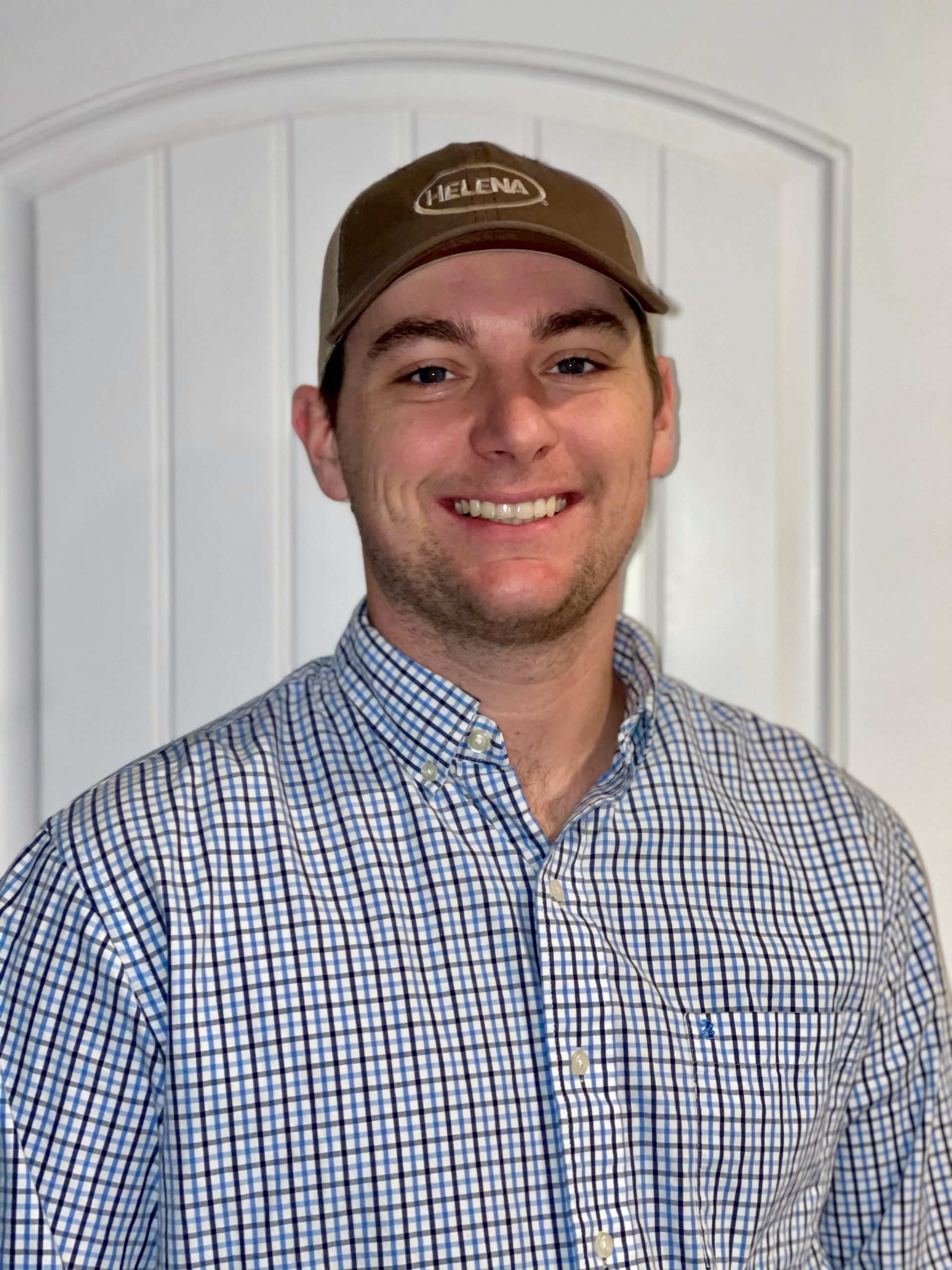
Blade Hodges
Blade Hodges, originally from Greenville, MS, knew he wanted to pursue a career in agriculture while he was still in high school. After working at the Delta Research and Extension Center as a high school student, Blade fell in love with agriculture and knew that MSU was the premiere choice for pursuing his passion. He then decided to pursue a degree in Agricultural Engineering Technology and Business (AETB).
“I chose a degree in AETB because it is a broader and well-rounded degree that allowed me to learn about agriculture from all angles.”
The option to become involved in Precision Agriculture, Management, and other specific concentrations gives the option to pursue a number of specific career paths for AETB students.
Read More
Blade’s favorite part about his time at MSU was how much the faculty in the ABE department want their students to succeed. “They will help you get where you want to go, and there are so many roads that you can take with that degree,” Blade says.
After graduating with his bachelor’s degree in AETB in May 2019, Blade pursued a master’s degree with MSU. Because he became involved in undergraduate research with Dr. Mary Love Tagert, Blade was able to start his graduate research project early and shaved a whole semester off of his graduate degree program. After graduating with his master’s degree in December 2020, Blade pursued a career in industry where he is able to explore his passion for agriculture and working with farming businesses. “I am working for Helena Agri-Enterprises helping growers find solutions on their farms using Precision Agriculture technologies,” Blade says.
Shaquia Idlett
Shaquia Idlett of Newport News, Virginia, is a first year medical student at University of Colorado Anschutz Medical Campus. Shaquia came to MSU in 2010 as an undergraduate student when she and her family fell in love with the campus on their first tour. She notes, “I think attending a university where I could receive a quality education but also experience a college town with the excitement of SEC sports really sold me.” Shaquia’s favorite memories are of the time spent making friends and attending football games.
“There is nothing quite like a football stadium full of cowbells.”
Shaquia always had an affinity for math and science, and while in high school she was thinking of pursuing a degree in biology with a pre-med focus. However, she had a job at NASA during that time and was encouraged by her supervisor to consider biomedical engineering (BME). After researching the major, she became hooked and came to MSU with an academic scholarship.
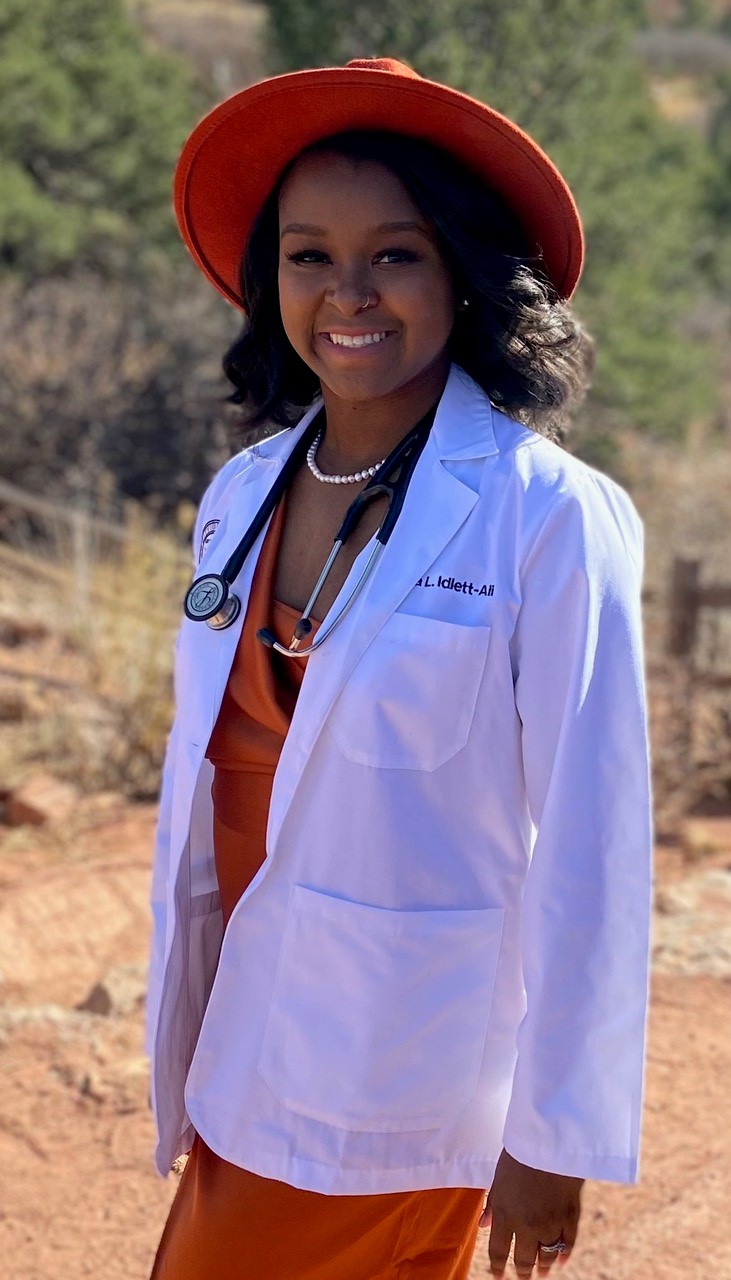
Read More
During her time in the ABE department, Shaquia’s favorite professor was Dr. LaShan Simpson, who served as a great advisor and had a major impact on Shaquia’s pursuit of a Ph.D. The biggest struggle for Shaquia at MSU was finding so many opportunities for internships/Co-Ops that were of interest to her. “I was fortunate to find opportunities at unconventional places like NASA and to serve as a Co-Op ambassador to help guide other BME students on navigating that aspect of hands-on education,” she says.
After graduating from MSU, Shaquia pursued a Ph.D. at Georgia Tech, where she decided that she wanted to conduct research but also have a role in directing patient care. “I have had many family members become ill when I’ve been in school, and they have definitely had a large impact on my pursuit of medicine,” she notes.
In the future, Shaquia hopes to become a physician-scientist in the field of neurology and neuroscience. She has long been interested in the nervous system and is excited by the prospect of furthering our understanding of how it works and contributing to the development of therapies to treat neural dysfunction. Upon applying to medical school, Shaquia was awarded a Dean’s Distinguished scholarship, and she consider as a personal success finding time to stay involved in multiple research projects while balancing her course-load via Zoom. She advises current BME students, “take advantage of the opportunities that are available to you, be brave and reach out to professionals at your university (or beyond) to explore what interests you, and enjoy college as much as possible.”
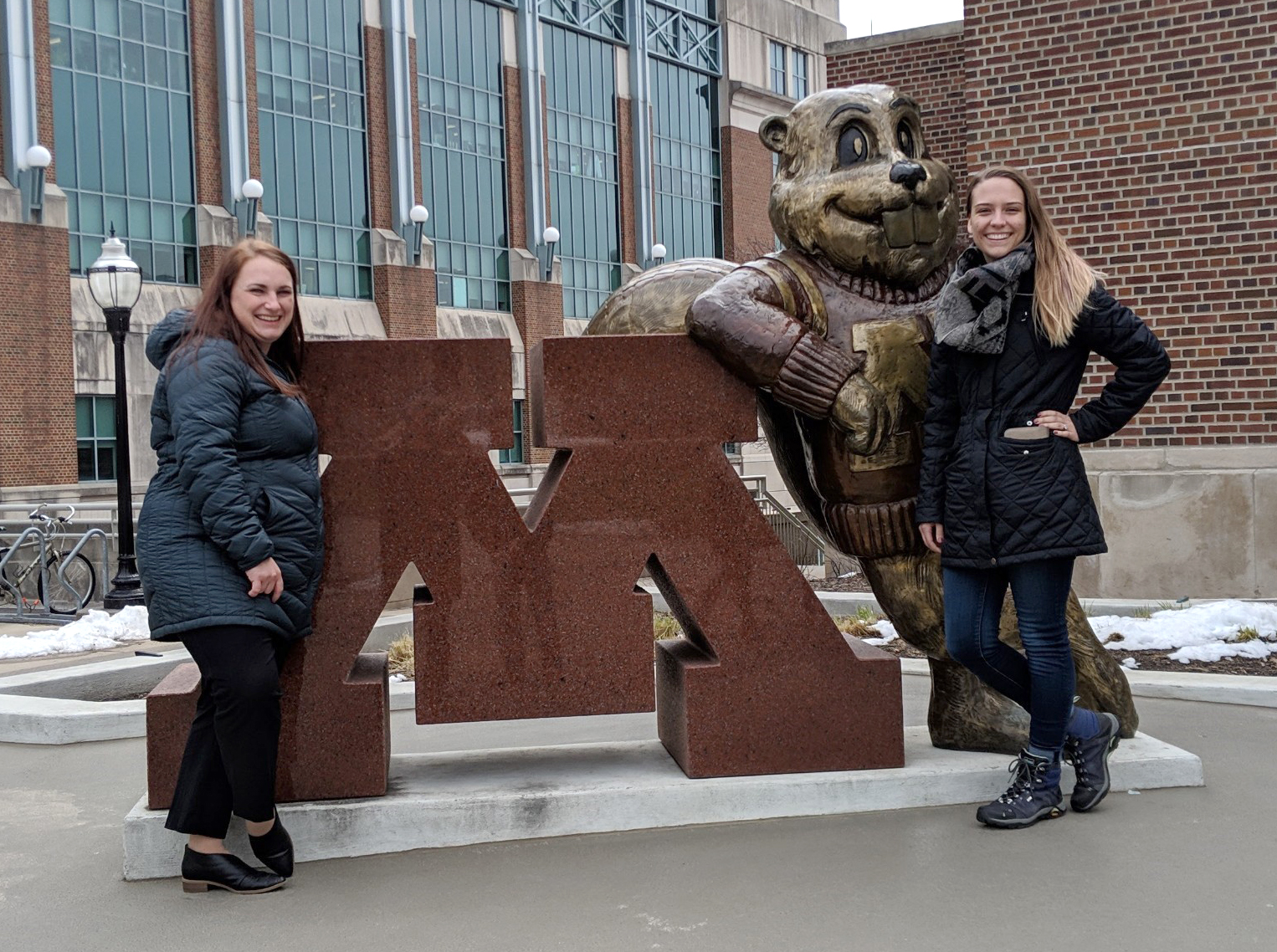
Molly Leasure and Annie Brinda
Molly Leasure of Franklin, TN and Annie Brinda of Madison, AL are both 2017 graduates of the ABE program. Annie came to MSU because there were no schools in Alabama that offered the biomedical engineering major. Molly came to MSU for the scholarships and MSU’s reputation as a phenomenal engineering school.
“I chose biomedical engineering because my high school in Madison, AL has a biomedical sciences program where I discovered the world of neural prosthetics which blew my mind as a high school student,” Annie says.
When asked about her choice, Molly notes, “I first majored in biomedical engineering wanting to go to med school, but after taking some CAD classes in high school, I found the engineering aspect intriguing. I am lucky I chose a major with so many options because after an internship with an ophthalmologist, I realized med school was not for me!”
Read More
After many ABE classes together, Molly and Annie quickly became fast-friends and decided to become roommates for the last two years of their undergraduate degrees. “Having a live-in study buddy made the major even more fun!” Molly notes. During their senior year, Molly and Annie were part of the same senior design group where they created a prototype for a neck brace to help physical therapy patients with cerebral palsy.
After graduation, the girls went their separate ways where Molly began a job in industry, “I currently work as a validation engineer where I plan and execute tests on equipment and processes to assure regulatory standards.for Lifecore Biomedical. We specialize in the production of sodium hyaluronate (NaHy) and work in contract development and manufacturing for companies like Johnson and Johnson and Abbvie.” She knew her end goal was to work in industry and knows she can go back to school if the need arises.
Annie, on the other hand, continued her education, “I am currently a Ph.D. candidate at the University of Minnesota. My research involves the optimization of deep brain stimulation which is a treatment for refractory movement disorders like Parkinson’s disease.” She knew she wanted a research scientist job and graduate school was the only way to get there.
Such different career plans should have taken them miles apart as they both pursued their passions. College friendships always last, but sometimes fall to the wayside after graduation when everyone moves away. This was not the case for Annie and Molly! Without even meaning to, both aspiring biomedical engineers ended up 15 miles apart in Minneapolis, Minnesota where they still remain best friends.
Marina McGruder
Marina McGruder of Madison, Alabama, came to MSU after a very positive visit to campus with her cousin. “The whole freshman-senior year experience was my favorite part of MSU,” along with “the overall SEC College experience from social events and football games to really sitting down and getting serious about your major and graduating.” Originally in a different field of study, Marina began to consider other majors and took the Myers-Briggs test to see what career fields suited her personality. After pondering her results, she did a lot of soul searching and reflection on her natural skills and ways to apply them to a career. This process led her to Biomedical Engineering.
During her time in the BME program, Marina’s greatest struggle was making it through all the math required and wondering whether she could actually finish this major.
“My biggest success was not giving up and walking across the graduation stage,” not to mention “the relationships I developed with Administration and Engineering Outreach that are still continuing today.”
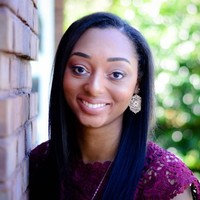
Read More
After graduating from MSU in 2016, Marina pursued a career in industry with GE Healthcare, where she received multiple MVP awards and recognition for the work she did at her facility as well as at other hospital sites. She has since transitioned into the federal government and is working as a Biomedical Engineer for the Department of Veteran Affairs, where she specializes in Healthcare Technology Management for a VA Hospital. In the future, Marina hopes to obtain her Project Management Professional certification and advance within the federal Biomedical Engineering track. Eventually though, she hopes to move back into the private sector and continue within healthcare technology management.
To current BME students, she advises, “Believe in yourself, work hard, and never give up. You may not get the best grades on tests, but if you stay focused, develop a great work ethic, and stay open to continuing to learn and find your niche, you will go very far.”
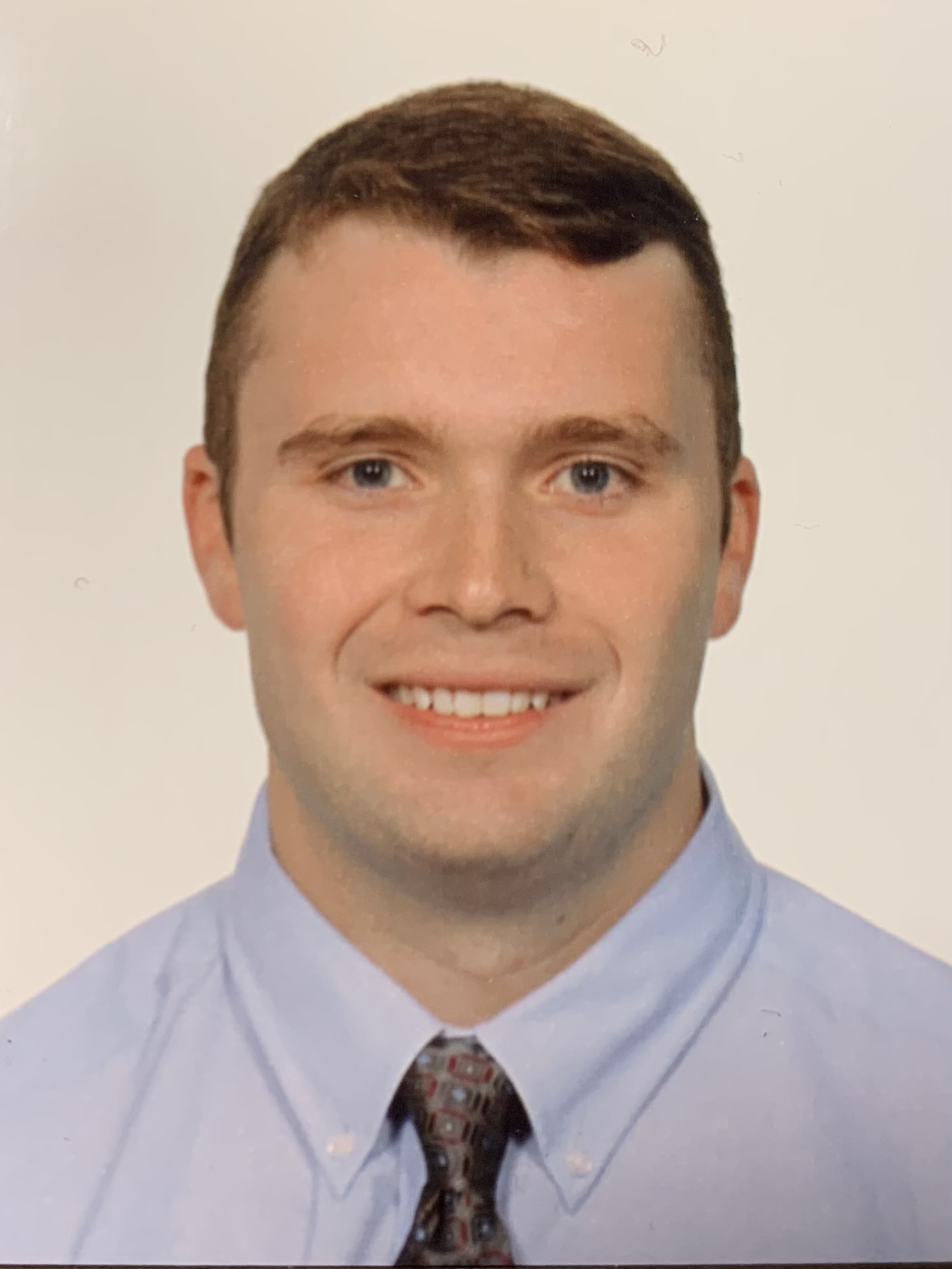
Nathan Rhodes
A 2018 graduate from Mississippi State’s biomedical engineering program, Nathan Rhodes is now pursuing his passion to become a doctor as a third-year medical student at UMMC School of Medicine. When not working on his medical degree, Nathan also serves as a 2LT in the Army National Guard. A lifelong Mississippi resident, Nathan was raised with a cowbell in his hand and attending Mississippi State was the natural choice.
When asked about his decision to major in biomedical engineering, Nathan said, “I knew going into college that I wanted to have a career in medicine."
"While making the decision as to what degree I would choose to direct me toward my goal of medical school, biomedical engineering stood out as what I felt would benefit me most.”
In retrospect, Nathan believes that this was absolutely the correct decision and his undergraduate degree has served him well in medical school.
Read More
“When applying for medical school, I feel that having a degree in biomedical engineering allowed me to stand out from other applicants,” he notes. “Biomedical engineering is, without a doubt, a challenging degree, but I believe that the work ethic instilled in me through obtaining this degree has made the transition to a professional school course load much smoother.” Now that he has transitioned to the clinical side of his medical education, “thinking like an engineer” has proved useful in being able to identify a patient’s ailment, critically think toward a solution, and devise a systematic plan that will help the patient. He believes that these skills were developed during his time in the ABE program.
“My hope for the future is to continue to develop into the best physician that I can possibly be,” Nathan said. “One that can truly make a difference in a patient's life. I credit the Biomedical Engineering program at MSU for providing me with some of the foundational tools that I will use to meet this end goal.”
Matt Rowland
Matt Rowland, a native of Corinth in northeast Mississippi, grew up attending Kossuth High School. In high school, Matt found his interest in agriculture, specifically animal agriculture. Mississippi State was always on his radar for higher education as his uncle graduated from MSU with a degree in mechanical engineering. His success in STEM related courses in high school lead him to look at engineering as a career as well. However, he wanted to also pursue a career with a connection to agriculture. During his search of majors at MSU, he found the Agricultural Engineering Technology and Business (AETB) program and decided that the curriculum was exactly what he was looking for to develop his skills to manage animal agricultural operations, specifically in poultry.
Even in high school, Matt knew that he wanted to pursue a master’s degree before he finished his higher education career. After completing his bachelor’s degree in AETB, Matt began his pursuit of his master’s degree at MSU.
“Through the Agricultural & Biological Engineering department, I was able to learn a wide array of skills, from row crop production to managing agricultural operations, as well as assisting the professors in research topics, which further pushed me to pursue my masters."
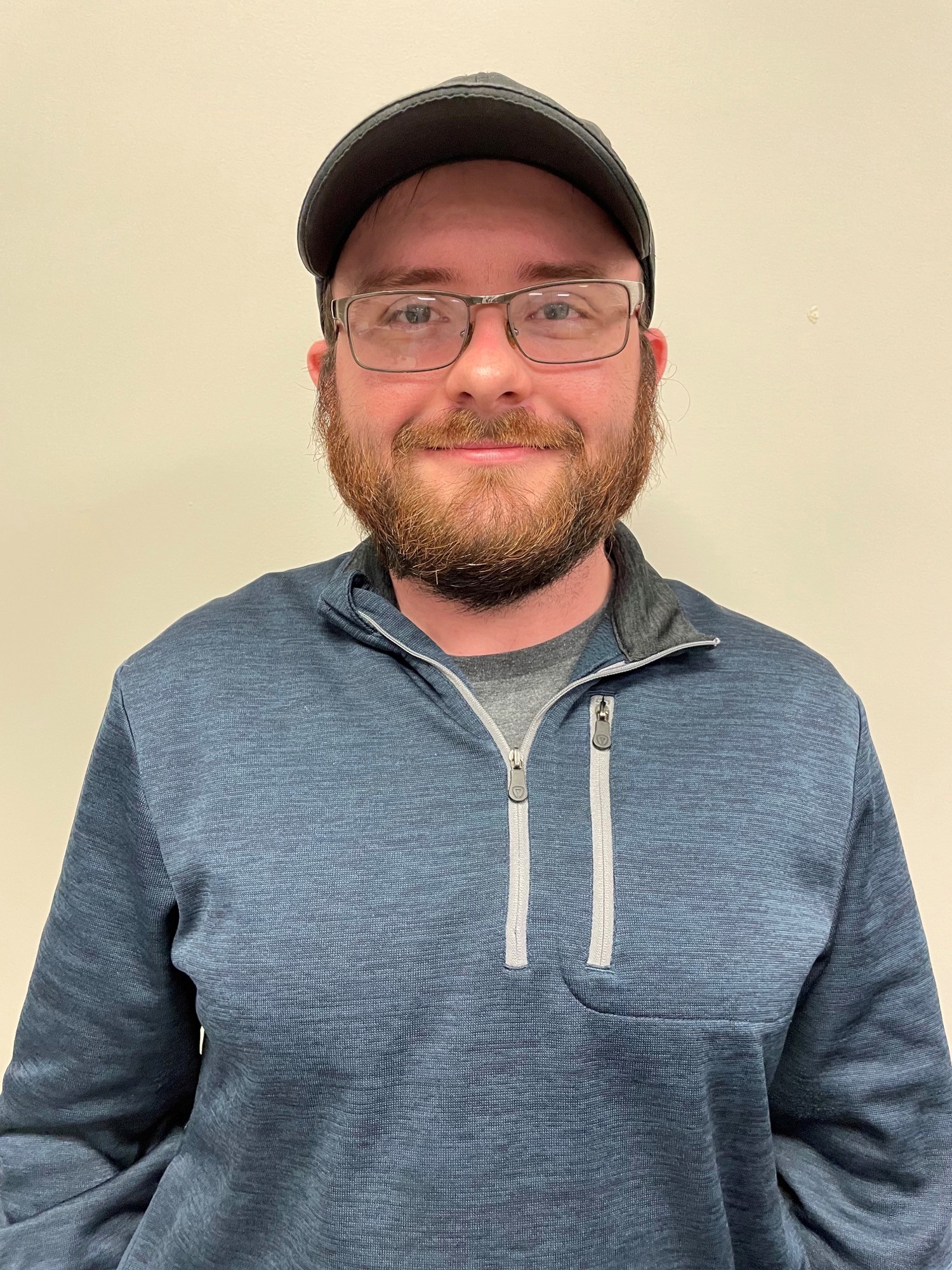
Read More
"Currently, upon completion of my masters, I hope to continue my education and pursue my doctoral degree in agriculture with a focus in poultry production technologies and processes.”
When asked about what advice he would give a current AETB student, Matt says, “If I could give any advice to a current AETB student, it would be proactive and look for opportunities. The AETB professors are always happy to help every student, whether it be for classes or looking for professional opportunities both at MSU and in the workforce. The professors in the AETB department are always looking for driven students who are looking to grow and improve their skillset.”
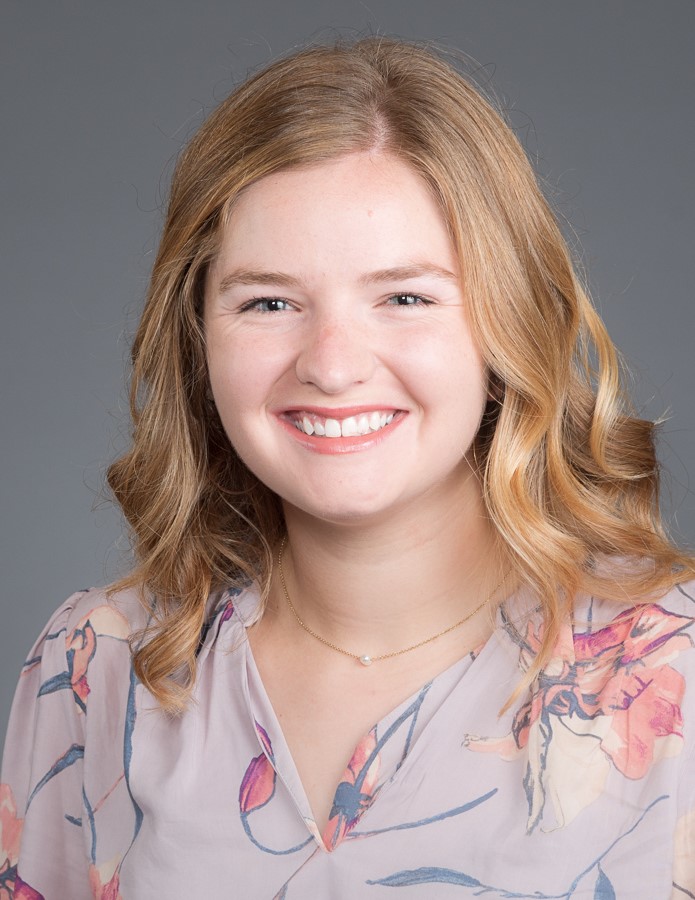
Mary Frances Segars
Mary Frances Segars is a graduate student at Wake Forest University in Winston-Salem, NC pursuing her master’s degree in biomedical engineering. Originally from Birmingham, AL, Mary Frances began her collegiate journey at Mississippi State as a biomedical engineering undergraduate student.
“I decided to come to Mississippi State because when I visited campus, every person went out of their way to be kind to me,” she recently said.
“The biomedical engineering program was one of the many reasons MSU stood out from other universities and made it the perfect fit for me.”
Read More
Having always possessed a love for math and science, biomedical engineering did indeed prove to be the perfect fit for Mary Frances. One of her favorite parts of her time at MSU was the community she had through the Agricultural and Biological Engineering department.
“My favorite professor is and will always be Dr. Simpson,” she remarks. “She taught one of my favorite classes, Current Topics in Biomedical Engineering, and she gave me the opportunity to work in her lab.” It was this opportunity that drove Mary Frances to pursue her master’s degree because of the encouragement that Dr. Simpson gave her. Dr. Simpson told Mary Frances to pursue her dreams and that motivation propelled her forward to a successful graduate career.
“My number one tip for current biomedical engineering students is to really reach out and form relationships with the professors and other students within the department,” she advises. “The professors really care about your success and want to help you achieve your dreams.”
Mary Frances’ current research is related to head kinematics in youth sports. She is studying head impacts in youth and collegiate soccer. Her current project is characterizing all head impacts experienced during games by all players on four different age levels: collegiate, U14, U15, and U16. In the future, she hopes to continue her work with concussions in sports.
